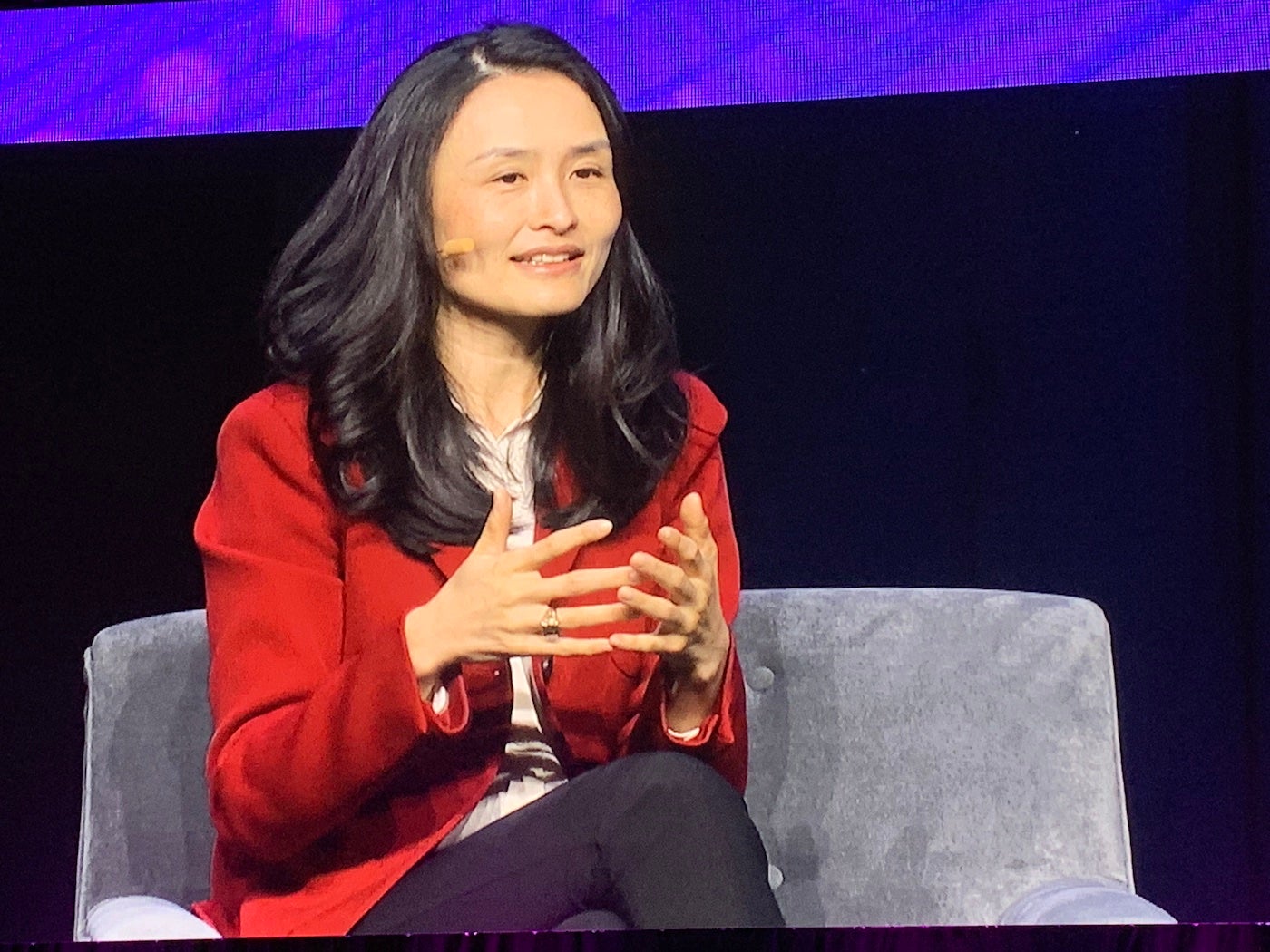
Google has unveiled plans to lead the way in the adoption of nuclear energy for the data center. At Data Center World 2025 in Washington D.C., the company explained some of the details of its partnership with Kairos Power to develop up to 500 MW of nuclear energy through small modular reactors (SMRs). Backed by a $300 million grant from the US Department of Energy’s Advanced Reactor Demonstration Program, this initiative aims for initial deployment by 2030, with further expansion of the site through 2035.
“The race to power AI-driven data centers is accelerating, and securing sustainable, reliable energy at scale is more critical than ever,” said Lucia Tian, head of clean energy & decarbonization at Google. “This project is one facet of Google’s goal to be carbon free on a 24 x 7 x 365 basis by matching our electricity demand with clean sources.”
For the last many years, the company has been a major purchaser of wind and solar energy resources, but the power requirements of the latest generative AI applications have changed the game. Google needs more power than ever and is developing a broad portfolio of clean energy assets; this now includes nuclear energy as well as geothermal power.
“This strategy is far more cost effective and dependable as we need to operate on more than variable wind and solar,” said Tian.
Anyone wanting to build a brand new large-scale nuclear plant can expect to wait as long as a decade before they experience the benefits in terms of available energy production. SMRs are seen as a way to reduce the delay. The first units are expected to enter operation by the end of the decade.
Nuclear energy grows in public acceptance
Tian touched upon the abrupt about-face in public perception concerning nuclear energy. Over the last two years, everything has changed, she said. Until 2022, nuclear plants were either being shuttered or scheduled for decommissioning; now, decommissioned facilities like Palisades in Michigan and Three Mile Island in Pennsylvania are being recommissioned. In addition, some of these recommissioned facilities will also host new SMRs.
“Support for new nuclear energy has surged in the US in the last couple of years,” said Tian. “Those communities where there is active nuclear energy generation are incredibly supportive. However, some countries are less accepting of nuclear energy, and we have to be sensitive to local needs.”
SEE: Google, Amazon, Meta Back Goal of Massively Increasingly Global Nuclear Capacity by 2050
Partner for nuclear success
Tian stressed the importance of partnering in the development of nuclear energy resources. Google is an expert at cloud, search, AI, and many other facets of IT but not energy generation; hence, the company’s partnership with Kairos Power in the development of SMRs.
Jeff Olson, vice president of business development & finance at Kairos Power, said Google is catalyzing the revival of nuclear energy and SMRs in the US. His company is developing and commercializing a 150 MW reactor; modules of this size can be grouped together to create larger blocks of generation.
Initial SMR designs of a scaled-down version have been undergoing extensive testing. Once finished, a full-size unit will be built and validated before Kairos goes into the commercialization phase.
“We thought utilities would be our first customers, but Google came along with a strong desire to accelerate development,” said Olson.
Bigger SMRs for data centers
Kairos Power thought 150 MW would be more than enough for the data center market, but customers like Google are now talking about 1 GW data centers. This need can be met, he said, by combining a series of 150 MW SMR units at one site.
“The more units you deploy, the greater the economies of scale,” said Olson. “The data center industry is inspiring nuclear innovation, and AI is creating the demand.”


